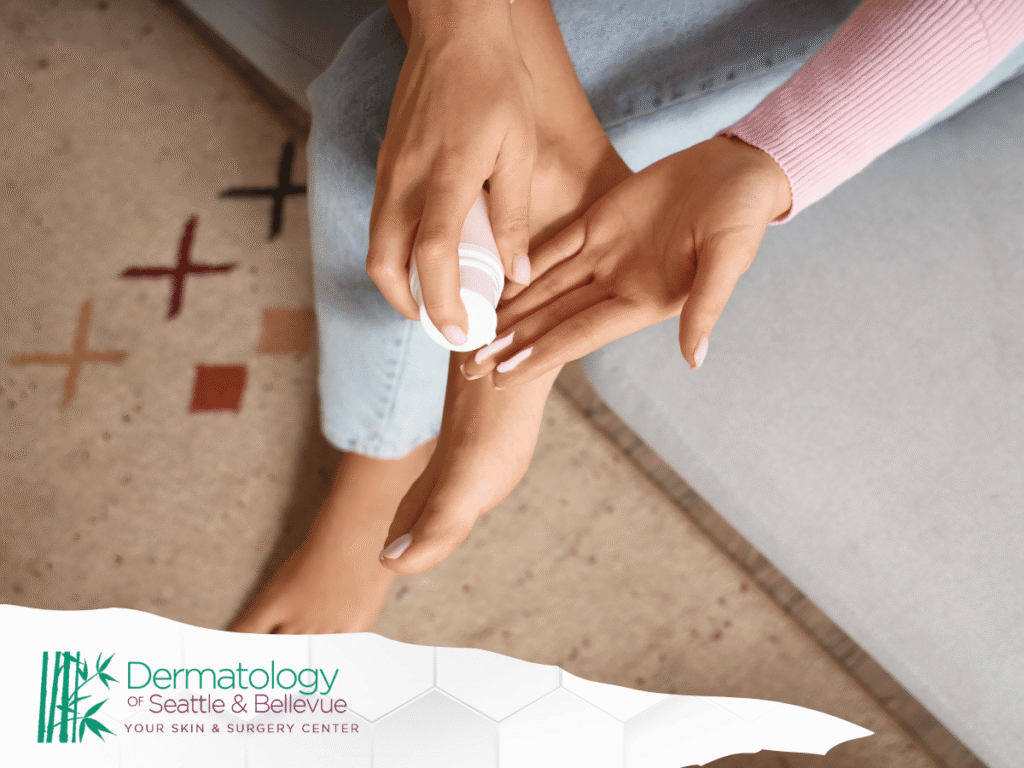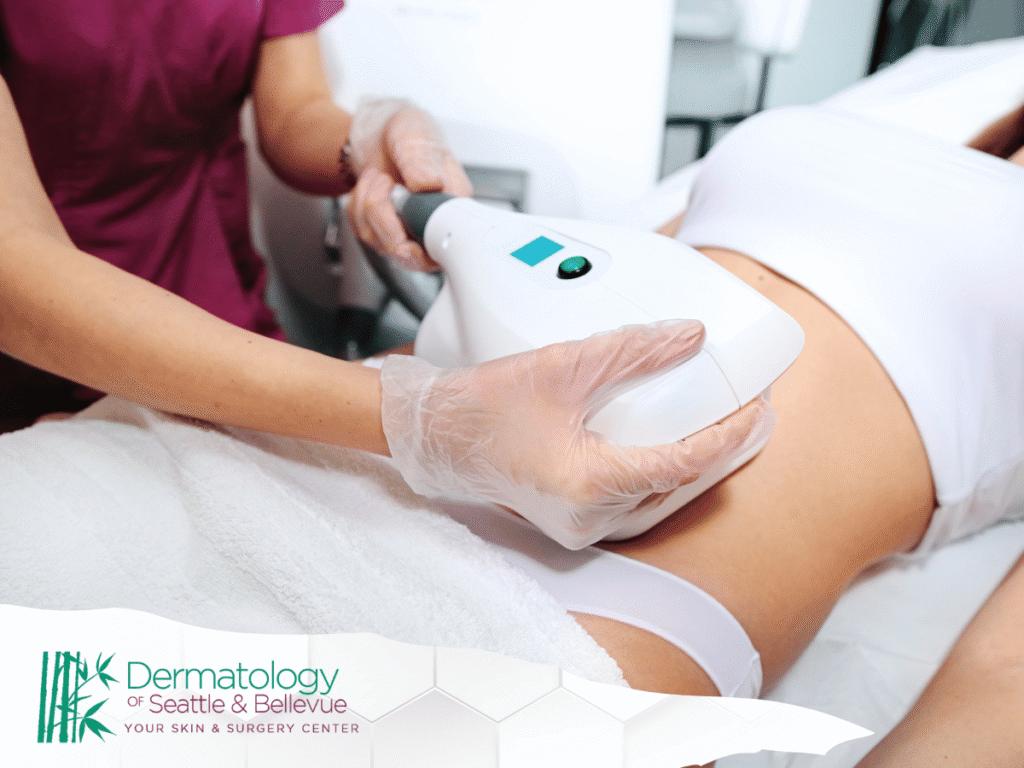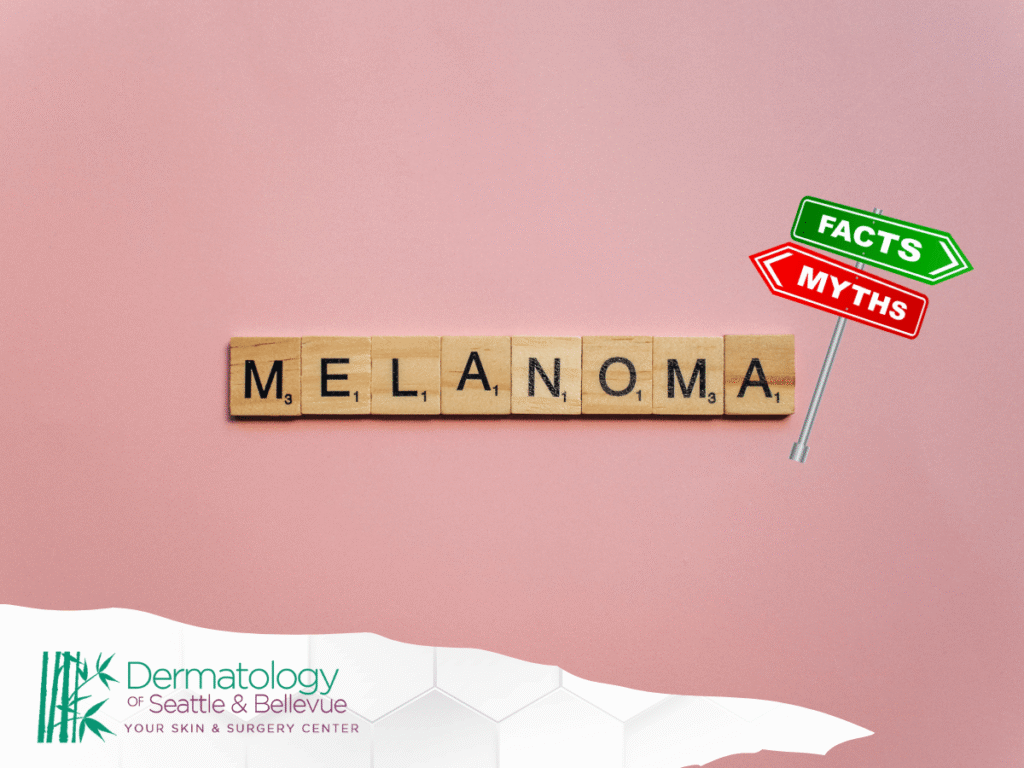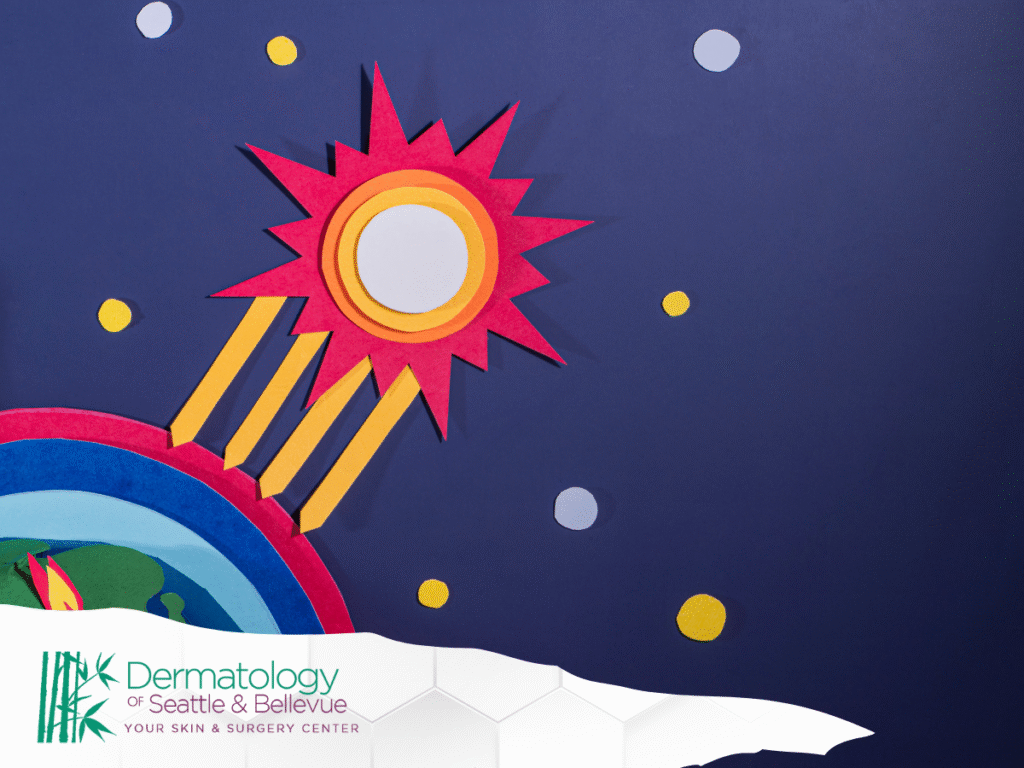Discover A Minimalist Skincare Routine for Busy Seattle Lives Your Essential Guide

Discover A Minimalist Skincare Routine for Busy Seattle Lives Your Essential Guide Seattle’s fast pace and moody weather make it tough to stick to a long skincare routine. That’s where a minimalist approach comes in. By using natural skincare products, focusing on hydration, and choosing eco-friendly beauty options, you can keep your skin healthy without […]
Stress and Skin Why Anxiety Makes Conditions Worse and What Helps

Stress and Skin Why Anxiety Makes Conditions Worse and What Helps In today’s fast-paced world, stress and anxiety have become unwelcome companions for many. While their impact on mental health is widely recognized, fewer people understand how stress can wreak havoc on skin health. As a leading expert in dermatology, I am here to explain […]
Preparing for Mohs Surgery What Seattle Patients Should Know Before the Day
# Preparing for Mohs Surgery: What Seattle Patients Should Know Before the Day In the vibrant city of Seattle, where the natural beauty of the outdoors meets the hustle and bustle of urban life, skin health remains a paramount concern for many. With skin cancer rates on the rise, Mohs surgery has emerged as a leading treatment option due to its high precision and success rates. If you or a loved one are preparing for Mohs surgery, understanding the procedure and how to prepare can make the experience smoother and less daunting. Mohs micrographic surgery is a specialized technique used to treat skin cancer. Named after Dr. Frederic Mohs, who developed the procedure, this surgery aims to remove cancerous cells while preserving as much healthy tissue as possible. The process involves excising the cancerous skin layer by layer, examining each under a microscope until only cancer-free tissue remains. Why Choose Mohs Surgery? The decision to undergo Mohs surgery is typically based on the type and location of the skin cancer. This method is particularly effective for cancers located in areas where preserving cosmetic appearance and function are crucial, such as the face. With a cure rate exceeding 99% for certain types of skin cancer, it is often the preferred method for treating basal and squamous cell carcinomas. Preparing for Mohs Surgery in Seattle Preparation is key to ensuring a successful surgery and recovery. Here’s a comprehensive guide on what Seattle patients should do before the day of their procedure. Consultation and Evaluation Before your surgery, you’ll have a detailed consultation with your dermatologist or Mohs surgeon. This meeting is your opportunity to ask questions, express concerns, and understand the specifics of your procedure. Your doctor will evaluate your medical history, current medications, and any allergies to plan the safest approach for your surgery. Medication and Health Considerations You may be instructed to adjust your medication routine in the days leading up to the surgery. Blood thinners, for instance, might need to be paused to minimize bleeding risks. Always consult with your healthcare provider before making any changes to your medication regimen. Additionally, maintaining a healthy lifestyle—such as eating a balanced diet and avoiding smoking—can promote better healing. Preparing on the Day Before Surgery Ensure you’re well-prepared by following these steps the day before your surgery: Confirm Your Appointment: Double-check the time and location of your surgery. Arrange Transportation: Since you might be drowsy or uncomfortable post-surgery, arrange for a friend or family member to drive you home. Plan for Comfort: Wear comfortable clothing and avoid wearing makeup, jewelry, or nail polish to your appointment. What to Expect on the Day of Mohs Surgery Arriving at the surgical center with a clear understanding of the day’s events can ease anxiety. The Surgical Process The procedure is typically performed under local anesthesia, allowing you to remain awake without feeling pain. The surgeon will remove a thin layer of skin containing the cancerous cells, which is then examined microscopically. This process is repeated until no cancer cells are detected. Duration of the Procedure Mohs surgery is meticulous and can take several hours. This is because each layer removed must be thoroughly analyzed before proceeding. Bringing a book or something to pass the time is advisable, as you’ll spend time waiting between stages. Post-Surgical Care After the procedure, you will receive detailed instructions for caring for your wound. This may include applying ointment, changing bandages, and watching for signs of infection. Your doctor will provide guidance on pain management and when to resume normal activities. Recovery and Healing Healing is a gradual process that requires attention and care. Follow these guidelines for a smooth recovery: Follow-Up Appointments Attending all follow-up appointments is crucial for monitoring your healing process and addressing any complications early. Your dermatologist will check the surgical site and ensure it’s healing properly. Managing Scarring While Mohs surgery aims to minimize scarring, some degree of scarring is inevitable. The appearance of scars can improve over time, and treatments such as silicone gels or laser therapy can further enhance the healing process. Lifestyle and Skin Care Adopting a sun-safe lifestyle is vital post-surgery to prevent further skin damage. Wear broad-spectrum sunscreen daily, seek shade, and wear protective clothing when outdoors. Final Thoughts Mohs surgery is a highly effective treatment for skin cancer, offering both medical and cosmetic benefits. By preparing adequately and following your dermatologist’s advice, you can ensure the best possible outcome. Remember, your skin health is an ongoing journey that requires diligence and care. For Seattle residents, finding a trusted dermatologist who combines expertise with compassionate care is essential. With the right guidance, you can navigate your skin cancer treatment with confidence and peace of mind. By staying informed and proactive, you contribute to your overall well-being and skin health. If you have any questions or concerns about Mohs surgery or skin cancer treatment, do not hesitate to reach out to your healthcare provider.
Hand Foot Care Protecting Often-Ignored Skin from Pacific Northwest Elements

In the Pacific Northwest, the elements can be quite unforgiving, especially to our hands and feet. These extremities often bear the brunt of harsh weather conditions, yet they are frequently neglected in our skincare routines. It’s essential to incorporate a comprehensive hand and foot care regimen to protect and nurture these vital parts of our […]
The Science Behind CoolSculpting: Freeze Away Fat, Not Your Coffee

CoolSculpting is one of the most popular noninvasive body contouring procedures available today, giving patients a way to target stubborn fat without surgery. Using the science of cryolipolysis, this treatment freezes fat cells until they break down and are naturally eliminated by the body. Unlike traditional fat reduction procedures, CoolSculpting requires no anesthesia, no scalpels, […]
Melanoma Myths: What Every Seattleite Needs to Know

Seattle’s famously cloudy skies and cooler season may give residents a false sense of security when it comes to sun safety. Yet melanoma remains one of the most serious forms of skin cancer, and myths surrounding its causes and prevention put people at risk. By addressing skin cancer myths directly, Seattleites can take practical steps […]
Eczema 101: soothing seattle’s damp winters without losing your glow

Seattle’s prolonged winter months bring drizzly days and chilly breezes that challenge even the healthiest skin. For people with eczema, these cold, damp conditions can compromise the skin barrier and trigger uncomfortable flare-ups. In this guide, we’ll explore why winter eczema peaks here, then share practical tips to keep your complexion hydrated, comfortable, and radiant […]
Acne Triggers Unique to Seattle’s climate (and proven treatments)

Seattle’s mix of wet winters and mild summers creates a distinct environment for your skin. While many think acne is only driven by hormones or diet, regional factors—from humidity to water quality—play a crucial role in flare-ups. Understanding these local triggers helps you craft a personalized acne treatment plan that actually works. Whether you struggle […]
Why summer sun in seattle still means uv risk

Seattle’s long summer days and occasional heat can give the impression that UV exposure here is mild—but that isn’t the case. Even under cool temperatures and patchy cloud cover, UV radiation penetrates the atmosphere and poses a measurable risk to your skin. Over time, cumulative UV damage increases your overall risk of premature aging and […]
How to Tell If a Skin Tag Might Be a Rare Skin Cancer

Most skin tags are completely harmless—but in rare cases, what looks like a tag may actually be a cancerous growth. So, how can you tell the difference? Understanding the key traits of both can help you recognize when to get a professional evaluation. This article explores how to tell if a skin tag is actually […]
